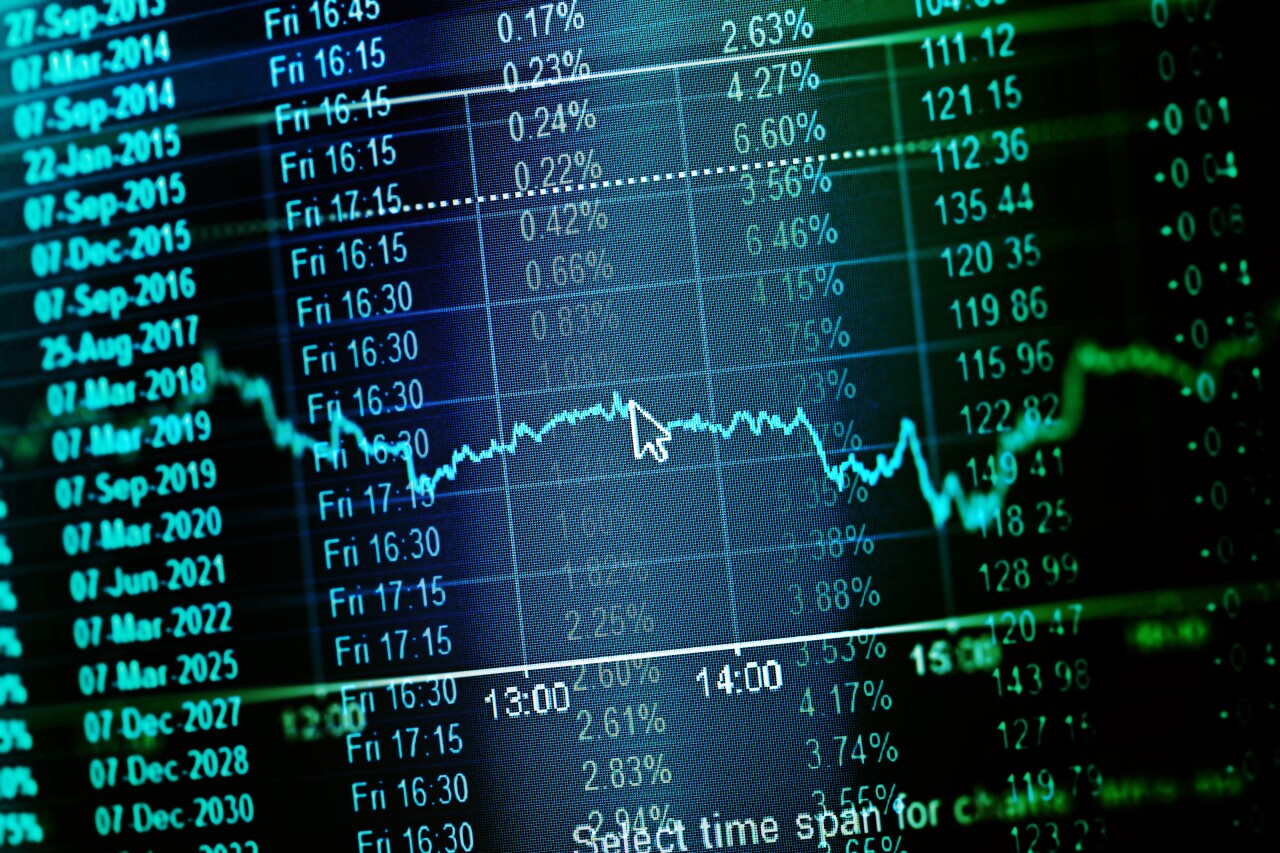With stimulus checks rolling in while vacation plans were on pause, the U.S. became a nation of savers during the pandemic.
Data from the Federal Reserve Board showed that Americans built up $2.1 trillion in "excess" savings by the middle of 2021. Excess savings is defined as "the difference between actual savings and the pre-recession trend — relative to previous recessions."
By March 2024, those excess savings were apparently gone.
For nearly a decade before the pandemic, the U.S. had a personal saving rate of between 5%-8% a month. In April 2020, that rate jumped to 32%. The monthly personal saving rate remained in double digits all through 2020 and early 2021, peaking again in March 2021 at 26.1%.

U.S. News
US inflation holds on as Federal Reserve decides to keep rates at current levels
In both months, the government sent out stimulus checks to millions of Americans. 2021 also featured a larger child tax credit.
During this time, Americans were paying off credit card debt. The U.S. went from a total of $858 billion in consumer debt in March 2020 to $737 billion in April 2021. Credit card delinquency rates also were at a three-decade low. But that debt quickly shot up to record levels. By last month, Americans had wracked up $1.051 trillion in credit card and other consumer debt.
By late 2021, the personal saving rate began dropping to pre-pandemic levels as government assistance waned and inflation increased. By April 2022, the personal saving rate was 3.1%, which marked the lowest point for the rate since the 2008 recession. After the rate rebounded slightly to 5.2% in March 2023, personal savings have been dropping again. Last month, the rate was down to 3.2%.
"Much of the existing research on household savings following the pandemic recession points to a rapid accumulation and more gradual drawdown of excess savings in the United States. Our estimates suggest that pandemic-era savings have been fully spent at the aggregate level," economists Hamza Abdelrahman and Luiz Edgard Oliveira wrote for the Federal Reserve Board.
The economists suggested that a strong job market could keep consumer spending high, even as Americans aren't saving like they used to.
"The depletion of these excess savings is unlikely to result in American households sharply cutting their spending levels as long as they are able to support their consumption habits through continuous employment or wage gains, other forms of wealth — including non-pandemic-related savings — and higher debt," they wrote.



